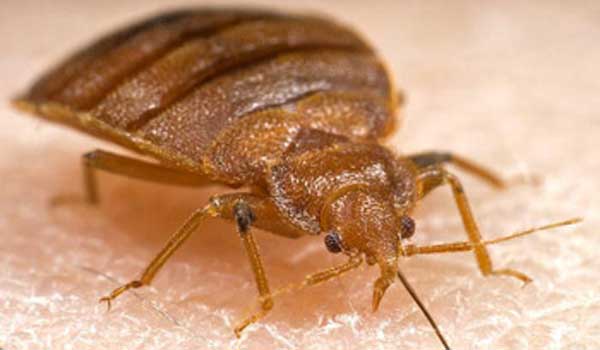Bedbug Anti-Sex Chemical May Treat Infestations

Baby bedbugs produce an anti-aphrodisiac that could thwart the efforts of lustful, mature male bedbugs that would otherwise mate with them, a new study suggests. The chemical they produce could prove as a useful remedy to bedbug infestations.
"These results may be applied to decrease bedbug populations by mating disruption," study researcher Vincent Harraca, from Lund University in Sweden, said in a statement.
Male bedbugs are known for trying to mate with any bedbug, regardless of whether it's a male, female, or baby, known as a nymph. During mating, the male pierces a hole in its partner's abdomen and ejaculates. However, nymphs release aldehyde pheromones to let male bedbugs know they should look elsewhere for a mating partner, according to Harraca.
To test what would happen if the nymphs couldn't release the anti-aphrodisiac, Harraca and colleagues tried blocking nymphs' scent glands with nail polish. Those nymphs experienced the same amount of sperm transfer from the male bedbugs as female bedbugs did, meaning they weren't able to ward off the males' sexual advances.
Researchers also applied the alarm pheromones to male and female bedbugs, which decreased the amount of mating.
The study was published Sept. 9 in the journal BMC Biology.
Sign up for the Live Science daily newsletter now
Get the world’s most fascinating discoveries delivered straight to your inbox.










